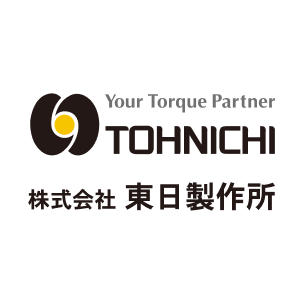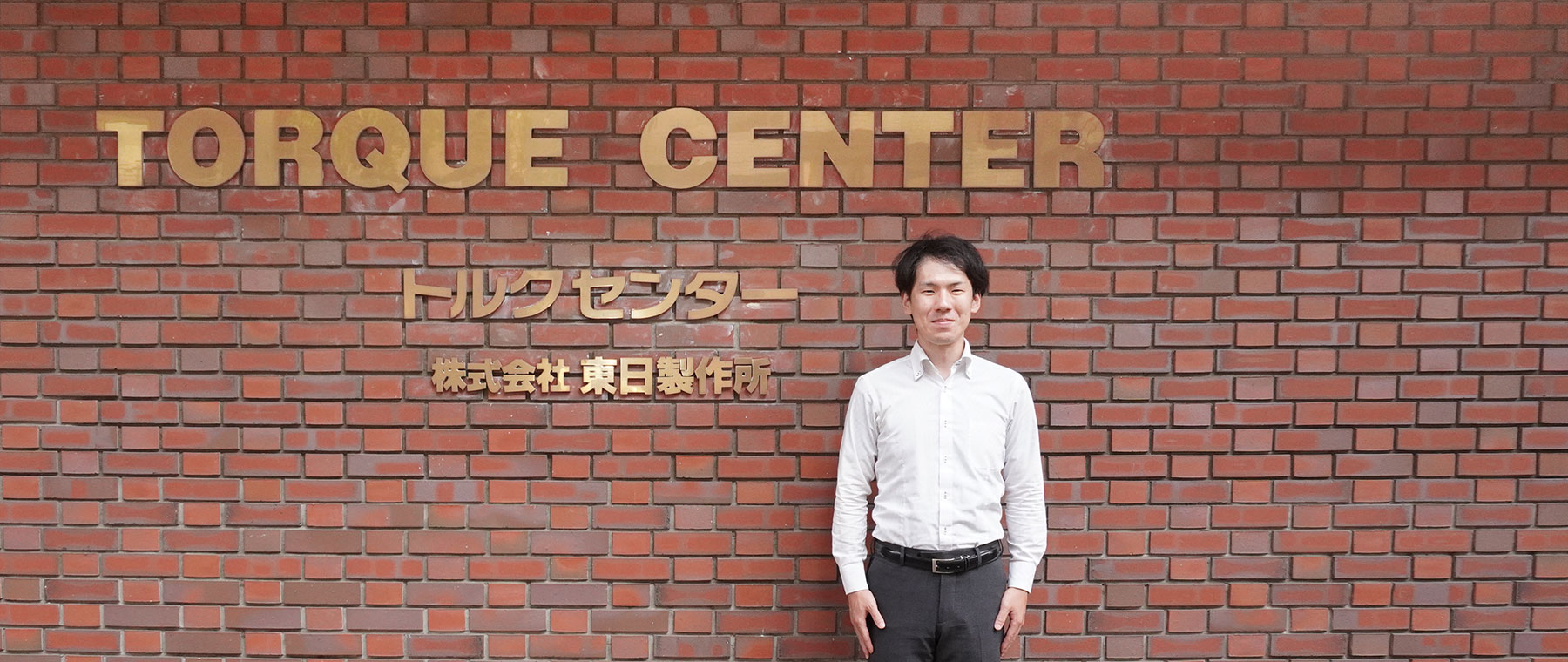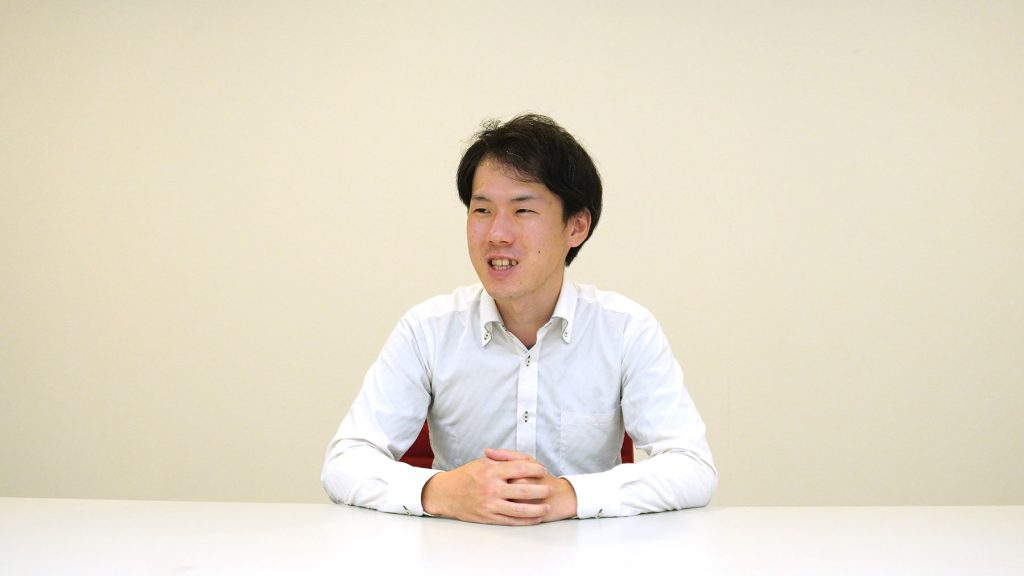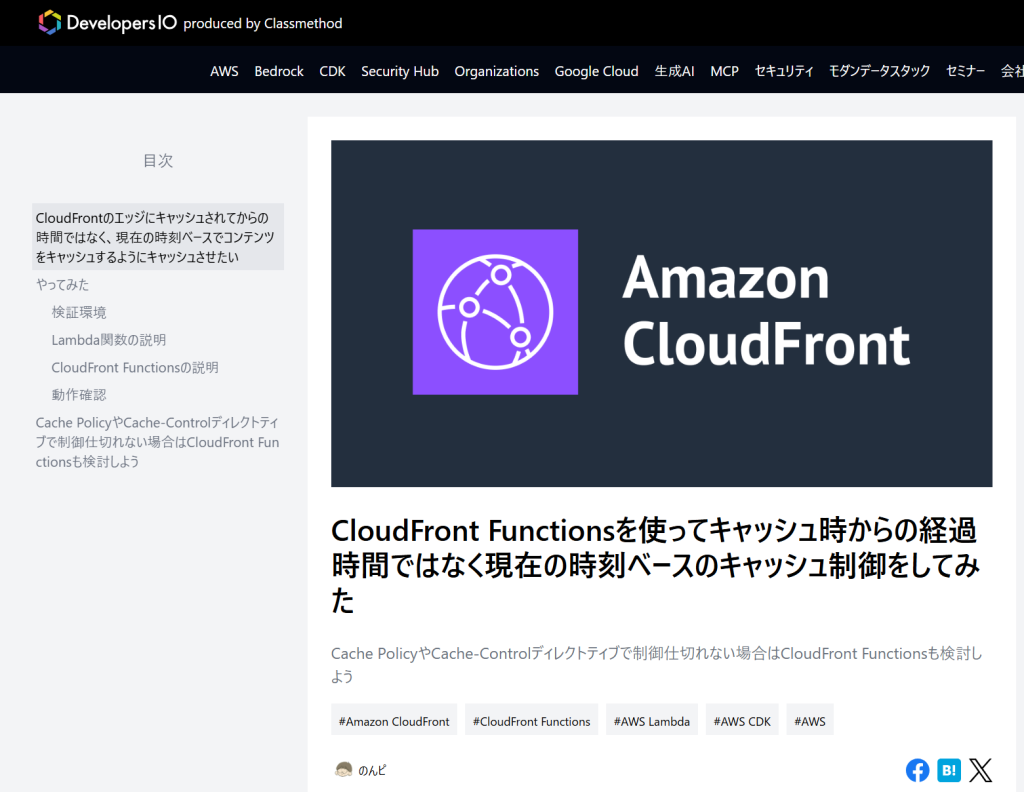
Digitized Traceability, Reinforced by Expert Architecture Review

Date Published:3 SEPTEMBER 2025

- Needed to digitize paper-based, paid “Traceability System Diagram”.
- Required external specialist support due to limited experience operating systems on AWS.

- Refined internally developed system through close collaboration
- Achieved free service delivery through cost optimization and improved efficiency
- Monitored threats comprehensively with AWS security
Tohnichi Manufacturing, a leading manufacturer of torque tools, partnered with Classmethod to conduct a review of its “Traceability System Diagram” built on AWS. We spoke with Mr. Kaneko from the IS Group, Technology Division, about the details of the review and his impressions.
From Paid Paper to Digital: Traceability That Enhances Customer Experience
Founded in 1949 and headquartered in Ōmori, Ōta Ward, Tokyo, Tohnichi Manufacturing Co., Ltd. manufactures and sells torque tools, with products used in more than 100 countries worldwide. The company has offices in the United States, Europe, China, and Thailand, and works with over 200 overseas distributors. As a trusted manufacturer, Tohnichi supports a wide range of industries, from automotive manufacturing to cosmetics, petroleum plants, power generation, aerospace, and even space development.
Torque wrenches and other hand tools are governed by the Japanese standard JIS B 4652, which corresponds to the international standard ISO 6789 on requirements and test methods for manual torque tools. Tohnichi calibrates its products with high-precision equipment in compliance with these standards. To demonstrate that their accuracy is ultimately traceable back to national standards, the company provides a Traceability System Diagram.
Previously, Tohnichi Manufacturing provided the Traceability System Diagram only on paper and for a fee upon customer request. This process created several challenges. Customers had to fill out forms and submit them through distributors, while internal staff had to manually print and supply the diagrams, adding workload across the business.
“To achieve paperless operations and streamline our work, we decided to build a system to distribute the Traceability System Diagram digitally. By greatly reducing operational costs, we are now able to offer the service free of charge, enhancing customer satisfaction while also boosting competitiveness,” explains Mr. Kaneko.

Advanced AWS Utilization Made Possible with Specialist Architecture Reviews
The new system was designed to display the Traceability System Diagram in PDF format directly in a web browser. Taking cost and operational considerations into account, Mr. Kaneko developed a prototype on AWS. When a user scans the QR code printed on a calibration certificate, the request is routed through Amazon CloudFront to AWS Lambda, which then automatically generates the Traceability System Diagram stamped with the date of issue.
Tohnichi Manufacturing had been promoting a cloud-first strategy and was already using Amazon EC2 as its development server. “The wider adoption of cloud-based application development was also one of the reasons we chose AWS.”
“I had a basic understanding of AWS, but not enough hands-on expertise. Previously, we only used AWS for simpler purposes like integrating with desktop applications. Building an in-house system directly on AWS required a much advanced level of utilization, so it became clear that we needed external specialists to conduct an architecture review.”
Mr. Kaneko reflects that the decision to request an architecture review from Classmethod came partly from their existing connection through the Classmethod Members program, but above all because he “had a strong impression that they were highly skilled technically and could be trusted.”
“I often referred to the technical blog DevelopersIO and already knew that Classmethod had strong expertise in AWS consulting. When I reached out to them, the quick response and clear, courteous communication left a very good impression, which is why I decided to move forward with their support.”

Resolving Security and Cost Concerns with Trusted Support
The review project started in January 2025, with Mr. Kaneko refining the prototype system in parallel. The review focused on security and cost performance.
For security, which was the greatest concern, the team implemented AWS WAF and AWS Security Hub. This established a comprehensive framework capable of automatically blocking suspicious access and limiting permissions within services.
“It would be a lot of work to build our own monitoring and alerting systems,” says Mr. Kaneko. “The benefit of AWS is that the security services are already in place, so we have peace of mind knowing we’re protected at all times.”
On the cost performance side, it was important to leverage caching to reduce AWS Lambda execution counts. Initially, the cache failed to refresh correctly across months, which prevented the system from behaving as intended. A blog entry on DevelopersIO, published by Classmethod, addressing the type of caching issue faced by Tohnichi, became the key to solving the problem.
“Providing hands-on coding assistance was outside the scope of the contract,” Mr. Kaneko recalls. “But at an early stage in our discussions, Classmethod published an article that directly addressed our caching issue. I was truly impressed. This was a critical point in the project, and their support made a huge difference.”

Beyond Consulting: A Partner Who Inspires Progress
When asked to reflect on the support he received, Mr. Kaneko shared his impressions,
“The sheer depth of technical knowledge was incredible. Even my manager said, ‘If we ask Classmethod, they’ll solve it,’ with full confidence. We had initially planned to complete the review within one month, but the project was extended with two additional phases of support.
Even when our challenges weren’t well defined, sharing the error details alone allowed Classmethod to quickly and accurately identify the root cause, which was extremely valuable for us. In our regular meetings, Classmethod would always ask, ‘Is there anything you’re struggling with?’ and proactively encouraged me to share concerns. Many times, those everyday conversations became the starting point for progress. Thanks to their support, our development was able to move forward without interruption.”
The Traceability System was built entirely by Mr. Kaneko on his own. “With no one in the company I could turn to for technical advice, the Classmethod consultant really became a mentor for me,” he says.“They guided me through configuration changes and fixes while sharing screens online, and with every interaction I felt that a real trust was being built. This was not just technical consulting. Classmethod truly inspired me and kept me moving forward.”
The system is now entering its final stage, with external release scheduled for September 2025. By running it on AWS, the company also expects a positive impact on internal efficiency. Mr. Kaneko looks ahead, “Our next step is to strengthen information sharing within the company and to expand the number of staff capable of managing AWS infrastructure.”
Leveraging extensive AWS knowledge, Classmethod will remain a close partner supporting Tohnichi Manufacturing in accelerating its digital transformation.
